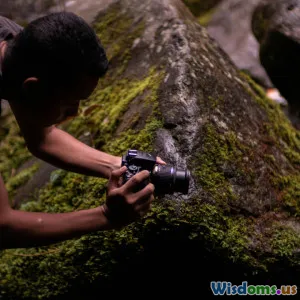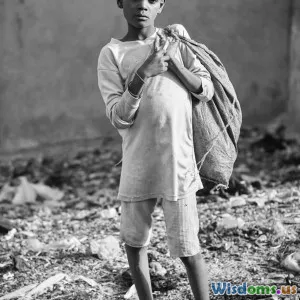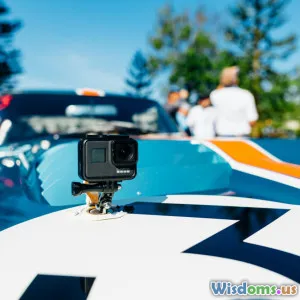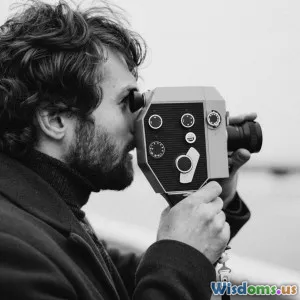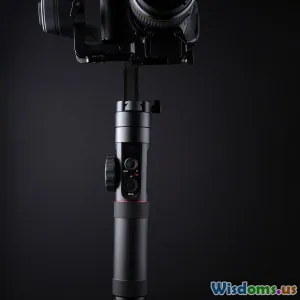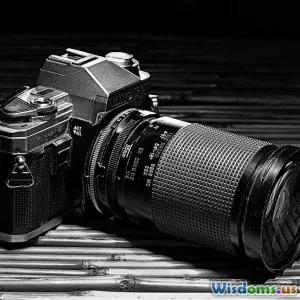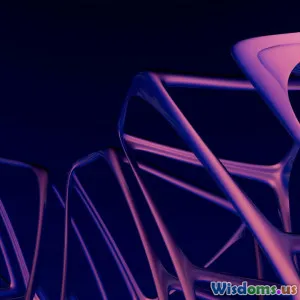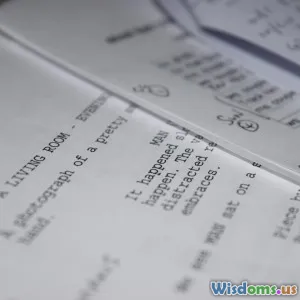
Capturing Authenticity Tips from Award Winning Documentary Directors
17 min read Discover essential tips for capturing authentic moments in documentaries, inspired by award-winning directors. (0 Reviews)
Capturing Authenticity: Tips from Award-Winning Documentary Directors
When was the last time a documentary made you laugh, cry, or rethink your worldview? The best nonfiction films don't just inform—they immerse, provoke, and linger in your thoughts well after the credits roll. But how do acclaimed directors consistently capture such authenticity on screen? This deep dive explores their techniques, approaches, and the cinematic magic behind the world’s most compelling documentaries.
Building Trust with Your Subjects

One universal truth from Oscar-winning directors like Laura Poitras (Citizenfour) and Asif Kapadia (Amy), is that authentic moments stem from trust. Your subjects aren't actors; they don't deliver lines, they reveal truths. But without an environment of mutual respect and understanding, those truths stay hidden.
How documentary masters build trust:
-
Transparency First: When Raoul Peck filmed I Am Not Your Negro, he foregrounded his intentions, inviting interviewees to discuss—and even challenge—the direction. This openness made contributors more willing to be vulnerable on camera.
-
Long-Term Commitment: Hoop Dreams (dir. Steve James) followed its two protagonists for over five years. Instead of swooping in with a camera for a single interview, James integrated into his subjects’ lives. This time investment paid dividends with raw, unguarded access and powerful scenes that would be impossible to fabricate.
-
Empathetic Listening: Sometimes, just listening deeply—putting the needs of the subject above production schedules—leads to genuine breakthroughs. As Kirsten Johnson chronicled in her memoir-film Cameraperson, the willingness to sit in shared silence or navigate awkwardness often teases out the most human stories.
Actionable tip: Before filming, spend time off-camera with participants. Share meals, talk about unrelated topics, show a genuine interest beyond the documentary’s scope.
Preparation with Purpose, Openness to Surprise
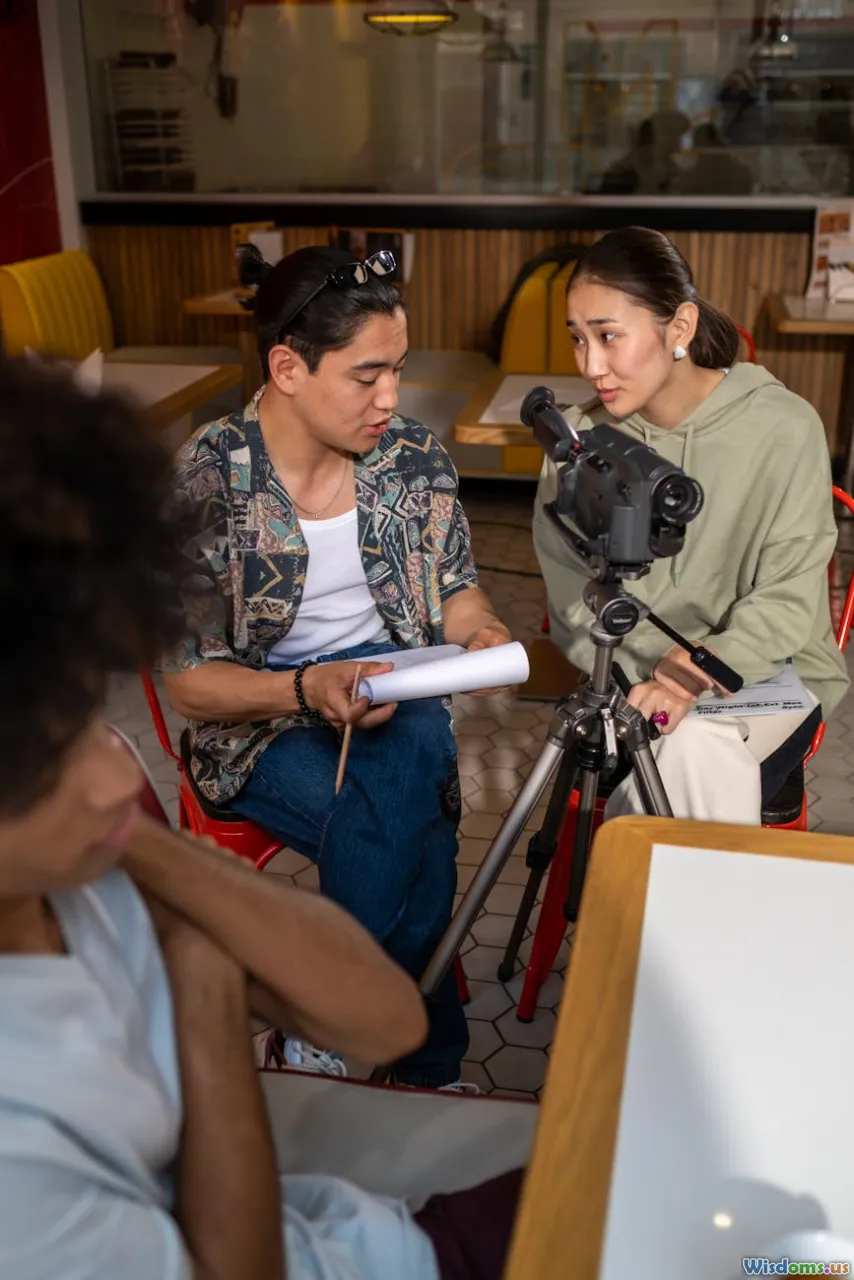
Documentary veterans stress that meticulous preparation doesn’t suffocate authenticity but scaffolds it. Acclaimed filmmaker Errol Morris (The Thin Blue Line) compares his interview prep to assembling a toolkit: "The more you know, the better you are at asking the right questions—but you must always be ready for the unexpected."
Examples from the field:
-
Story Mapping: Before Free Solo, Elizabeth Chai Vasarhelyi and Jimmy Chin created extensive outlines. They studied lead climber Alex Honnold’s routines, planned logistics for often dangerous filming conditions, and mapped emotional beats they anticipated. But when Alex faced personal setbacks on camera, they captured honest, unscripted moments—adapting the story map in real time.
-
Flexible Interviews: For 20 Feet from Stardom, Morgan Neville prepared in-depth dossiers on backup singers’ histories but let conversations unfold naturally. He describes leaving room for tangents and emotional digressions as a superpower.
-
Solutions for Unpredictability: When Lucy Walker found herself in a Brazilian landfill producing Waste Land, she had to pivot—a rainstorm washed away days of carefully arranged setup. Instead of fighting circumstances, she and her crew pivoted to document the resilience of local catadores (waste pickers), which became the heart of the film.
Actionable tip: Go in with a structure, but always be ready to tear it up. The essence of a great documentary often lives in unplanned moments.
Embracing the Power of the Mundane
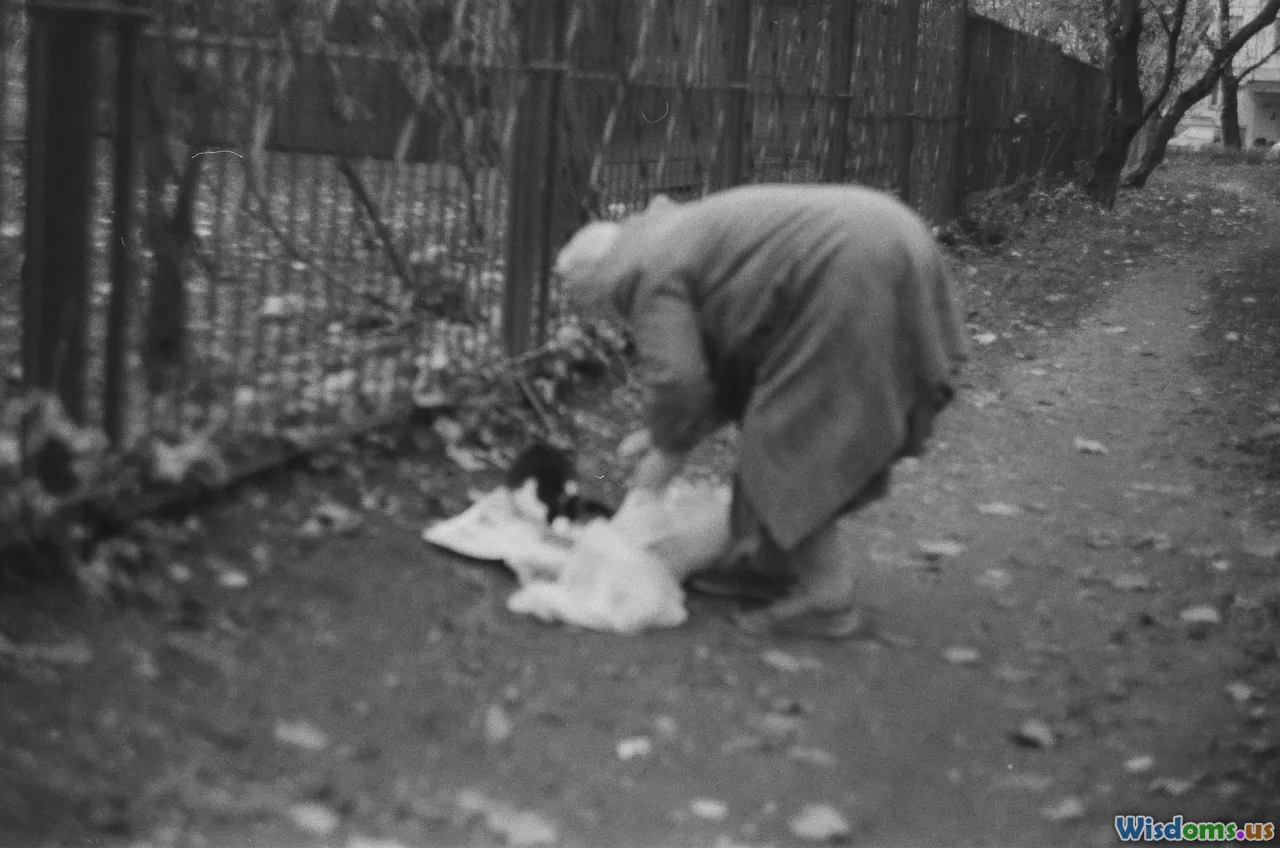
Often, truth lies not in the extraordinary, but in the ordinary. Award-winners like Frederick Wiseman (High School, Hospital, City Hall) are legendary for amplifying the mundane—turning daily interactions into gripping cinema.
Why mundane matters:
- Relatability: Scenes of someone making coffee, cleaning, commuting, or simply thinking invite viewers to identify with subjects, opening a portal between their world and ours.
- Contrast: When routine is carefully established, departures from the norm become all the more impactful. In The Act of Killing, director Joshua Oppenheimer’s choice to film perpetrators of mass violence as they reenact everyday scenes magnifies both horror and banality.
Example in action:
Gianfranco Rosi’s Fire at Sea follows migrants' harrowing crossing to Europe. Instead of focusing agency exclusively on newsworthy drama, Rosi spends screen time on a local child playing with a slingshot, the town doctor preparing tea, and dusk settling over the harbor. The result: an immersive tapestry that foregrounds human universality amid upheaval.
Actionable tip: Spend days simply observing without the camera rolling. Notice when people relax into their routines—those are windows into the soul.
Mastering Visual Authenticity
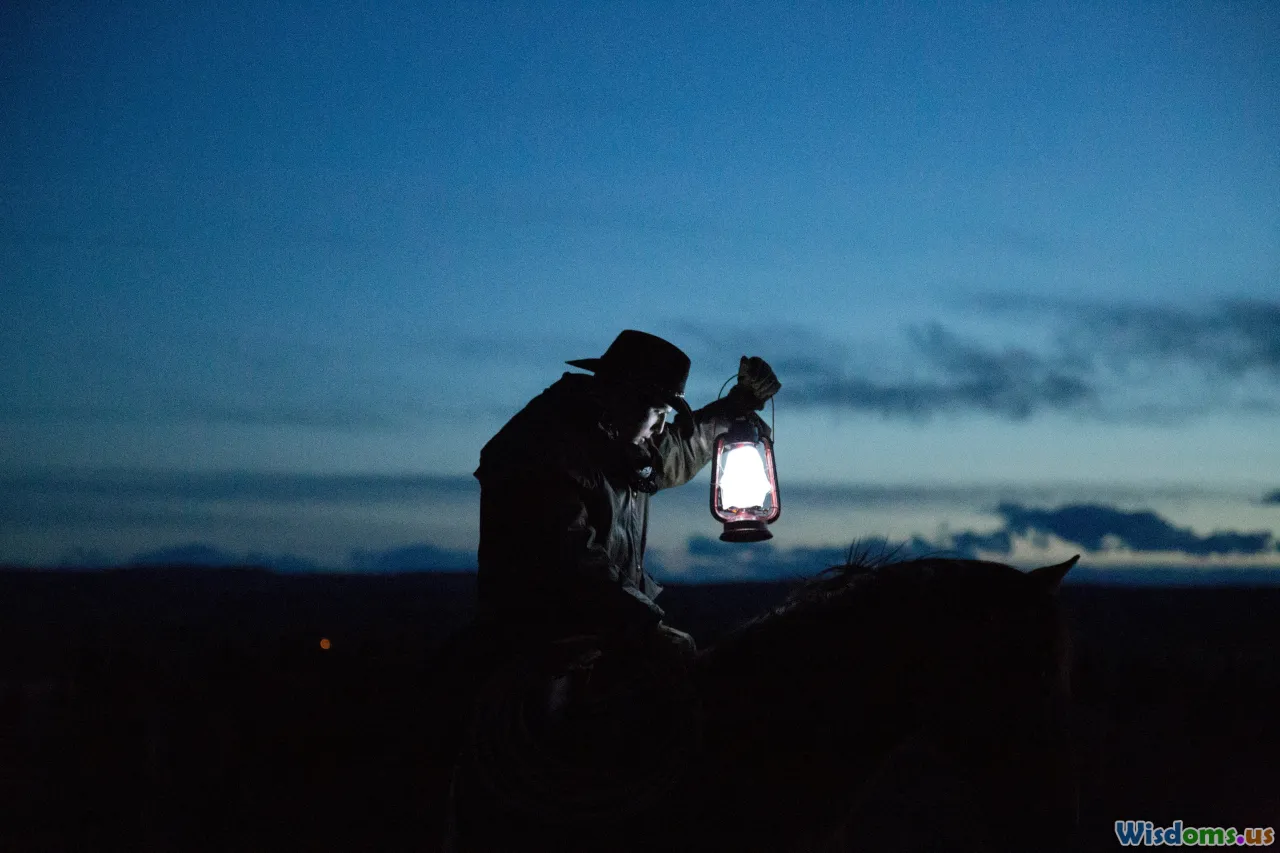
How a documentary looks dramatically influences how real it feels. Award-winning filmmakers frequently depart from overly polished compositions in favor of techniques that invite proximity and intimacy.
Go-to cinematographic practices:
- Handheld Realism: The unmistakable sway of a handheld camera signals immediacy. In The War Room, Pennebaker’s team shadowed political strategists with lightweight 16mm cameras, capturing unscripted emotion at campaign headquarters as history was made.
- Available Light: Oscar-winner Barbara Kopple (Harlan County, USA) swore by natural lighting wherever possible—a departure from blinding studio setups. Shadows, sunbeams, and everyday illumination lend each scene tactile presence.
- Minimal Crew: The fewer people, the less intrusive the lens. Joshua Oppenheimer routinely films with just himself and a single sound recordist, avoiding the on-set spectacle that can stifle true behavior.
Actionable tip: Use portable equipment to minimize disruption. Wear neutral clothing. Become as invisible as possible to observe before being observed.
Ethical Choices Shape Every Frame

Award-winning directors invariably foreground ethics—not just in how stories are told, but which stories are told at all. For example, after premiering The Tillman Story, Amir Bar-Lev spoke widely about securing ongoing consent from grieving families—even after cameras stopped rolling—adjusting narrative choices as emotional impacts shifted.
Ethical pillars to consider:
- Informed Consent as a Process: Joshua Oppenheimer consults subjects multiple times throughout production, revisiting earlier agreements as stories evolve, especially if themes turn sensitive or perilous.
- Protecting the Vulnerable: Bing Liu (Minding the Gap) dealt intimately with friends discussing abuse and trauma. He stopped shooting or changed direction any time interviewees showed signs of discomfort, explicitly prioritizing mental health over project completion.
- Accountability and Follow-Through: Ada Ushpiz, director of Vita Activa: The Spirit of Hannah Arendt, advocates returning to subjects with finished cuts. "We owe it to our participants to let them view and respond to how they’re portrayed." Sometimes, this results in editorial alterations out of respect for privacy or dignity.
Actionable tip: Draft clear written and verbal agreements (in simple language) and check in at every stage of production. Feedback loops aren’t optional—they’re foundational to authentic storytelling.
Editing: The Final Act of Authenticity
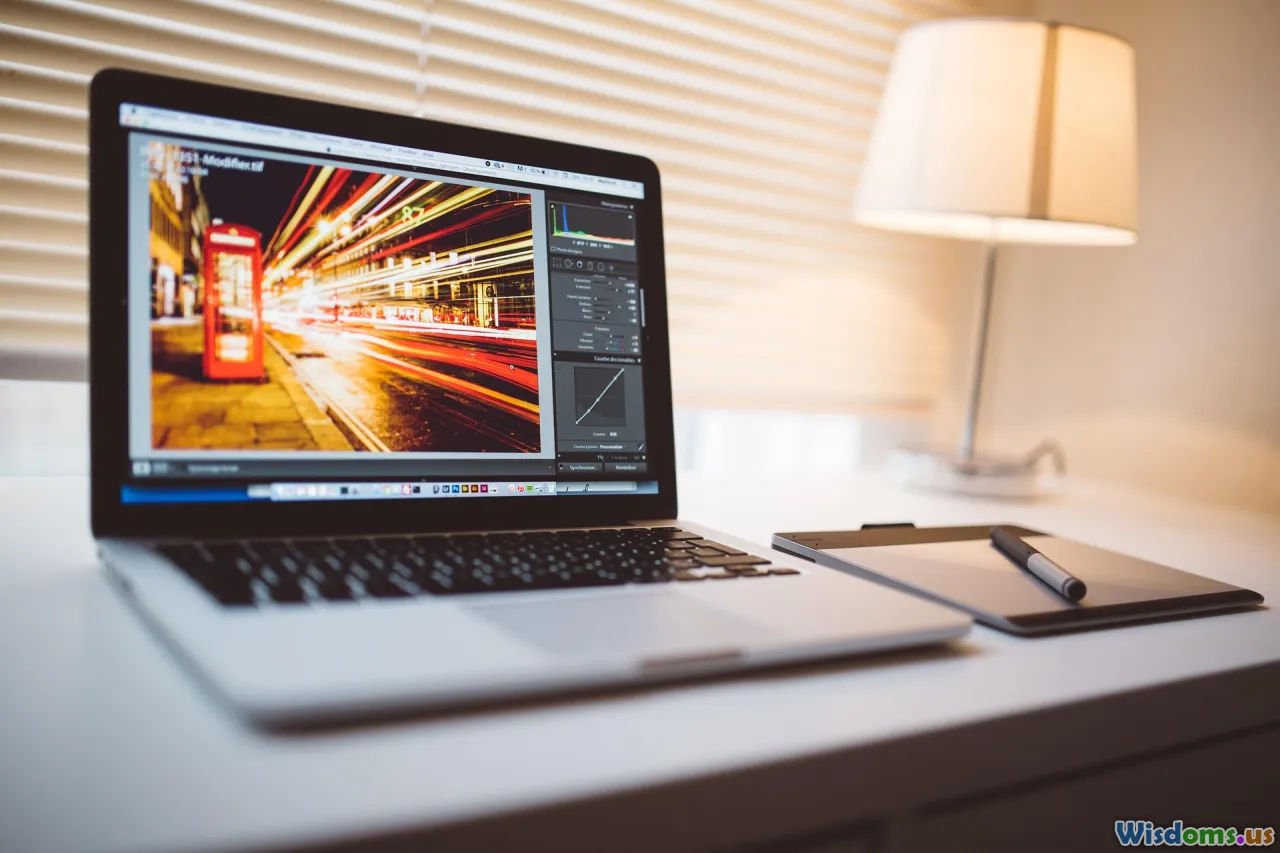
Filming authentic moments is just half the equation. The edit room is where meaning crystallizes—and temptation lurks. Legendary editor Joe Bini (Grizzly Man) suggests, "The real crime in documentary is manipulating structure to the point you betray emotional or factual truth."
How editing can uphold or crush authenticity:
- Resist Over-Manipulation: Don't rearrange conversations to manufacture drama. Liz Garbus, in What Happened, Miss Simone?, only used archive clips and interviews in their original context, resisting the urge to overly shape stories to a "plot."
- Lean on Silence: Sometimes, the most authentic moments are pauses—letting a subject’s breath, hesitation, or uncertainty remain unedited. Penny Lane, in Hail Satan?, includes awkward silences to ground the film in reality.
- Iterative Feedback: Invite outside eyes, ideally those from backgrounds similar to your subjects. Ava DuVernay refined 13th through community screenings—uncovering subtext and blind spots that escaped initial edits.
Actionable tip: After assembling a rough cut, spend time away from the footage. Re-watch days later with fresh eyes and new viewers to catch overproduced or inauthentic segments.
Learning from Documentary Disasters
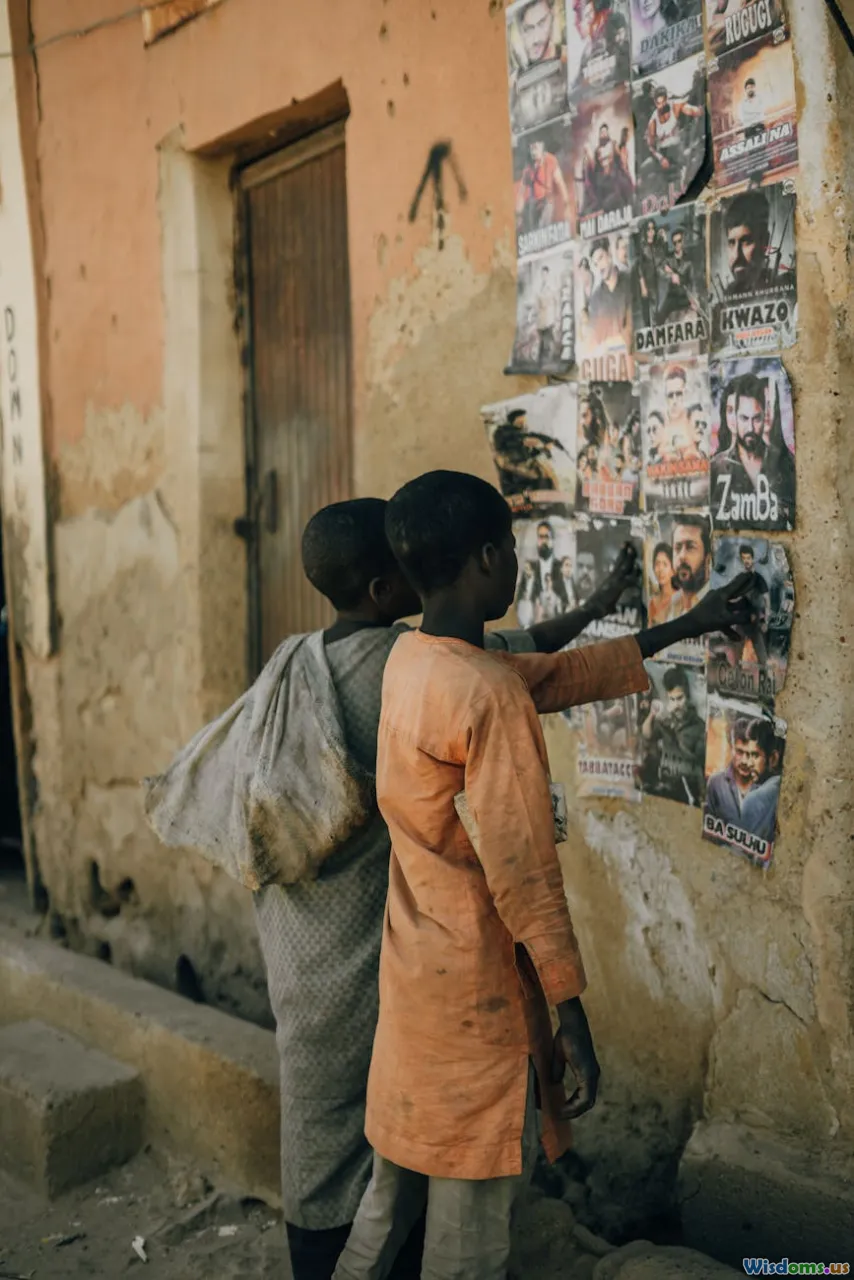
Not every attempt at authenticity succeeds, even among the greats. A look at notable missteps proves just as instructive as legendary successes.
Case studies in what not to do:
- Misplaced Filmmaker Intent: In Exit Through the Gift Shop, Banksy blurs reality and performance to the point where audiences (and critics) felt manipulated. Blending satire with vérité can erode trust if the audience feels duped.
- Ignoring Power Dynamics: The makers of Nanook of the North staged certain scenes, trading accuracy for agreed-upon spectacle. Looking at such early classics through a modern lens reveals the hazards of undiscussed director agendas.
- Rushed Immersion: In the short-lived Paris Is Burning follow-up, director Jennie Livingston admitted that producers' pressure to wrap before fully gaining trust led to stilted interviews and far fewer poignant moments than in the original.
Actionable tip: Study films with mixed reception. Learn not just from awards and acclaim, but from documented mistakes—and their impact on both participants and public discourse.
Cultivating Your Own Voice Without Drowning Out Others
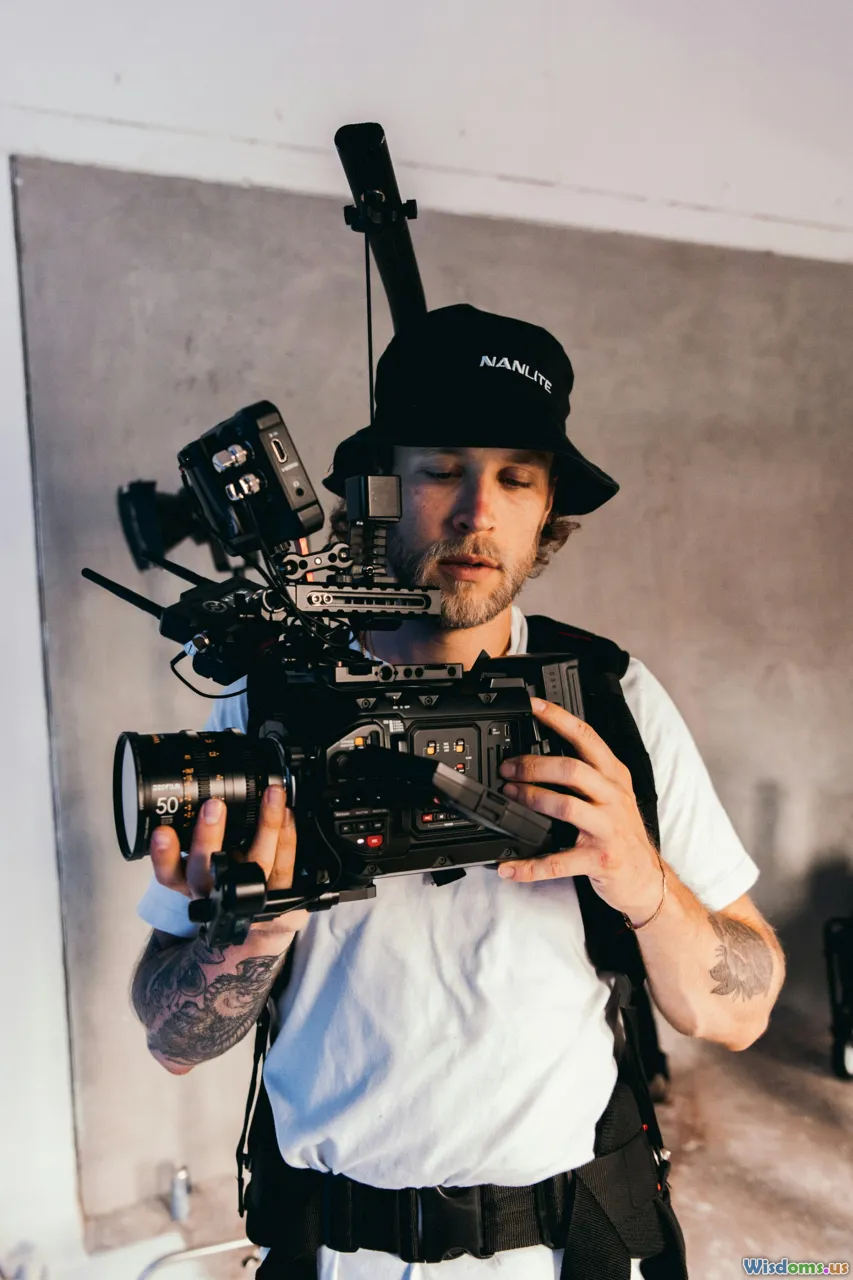
Tod Lending, the filmmaker of Legacy, said, "Authenticity isn’t just what emerges onscreen—it’s shaped by your creative DNA, values, and blind spots." Award-winners emphasize the balance between directorial vision and letting subjects steer the narrative.
Strategies for harmonizing voice and story:
- Reflexivity: Directors like Agnès Varda (whose The Gleaners & I famously featured her aging hands) appear in their own films, acknowledging subjectivity and inviting transparency.
- Collaboration: Stanley Nelson assembles closed-door "story squads" inclusive of crew and participants to brainstorm story arcs, always checking on whose voice rings loudest, and whose is missing.
- Let the Material Lead: Award-winner Steve McQueen insists, "Let the most powerful rushes dictate the tone, even if it upends your preconceived idea."
Actionable tip: After every filming session, journal about your subconscious biases, hopes, and disappointments. Bring these reflections to crew debriefs or peer feedback rounds.
Technology as an Ally—Not a Distraction
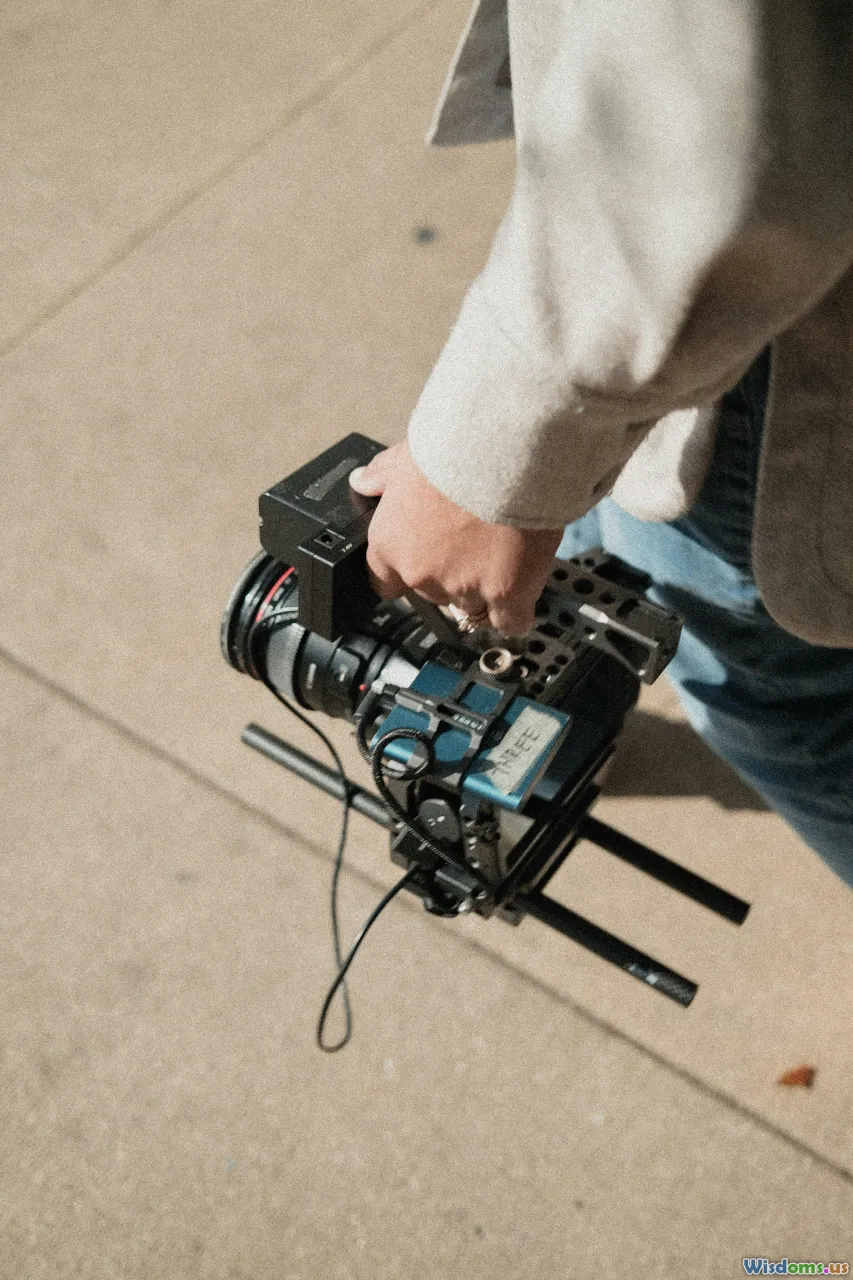
Technological evolution continuously shapes the line between observer and participant. The ubiquity of compact cameras, drones, and even smartphones has made authentic capture more accessible than ever.
How the pros use technology for authenticity:
- Smaller Cameras for More Intimacy: Brett Morgen (Jane) used lightweight cinema cameras to get closer to Jane Goodall’s world, capturing fleeting expressions previously impossible with shoulder rigs.
- Hidden Mics and GoPros: Honeyland, winner of the World Cinema Grand Jury Prize at Sundance, used hidden GoPros throughout Macedonian beehives and huts—spoiling neither nature nor routine for its subjects.
- Remote and POV Shooting: During COVID-19 lockdowns, directors like Nanfu Wang partnered with participants to film themselves, guiding conversations remotely. This creative problem-solving keeps stories fresh and honest under constraints.
Actionable tip: Familiarize yourself with gear until it becomes second nature. Conduct technical rehearsals so that using new tools doesn't compromise focus or rapport with subjects.
Conclusion: Making Films That Matter Long After Release
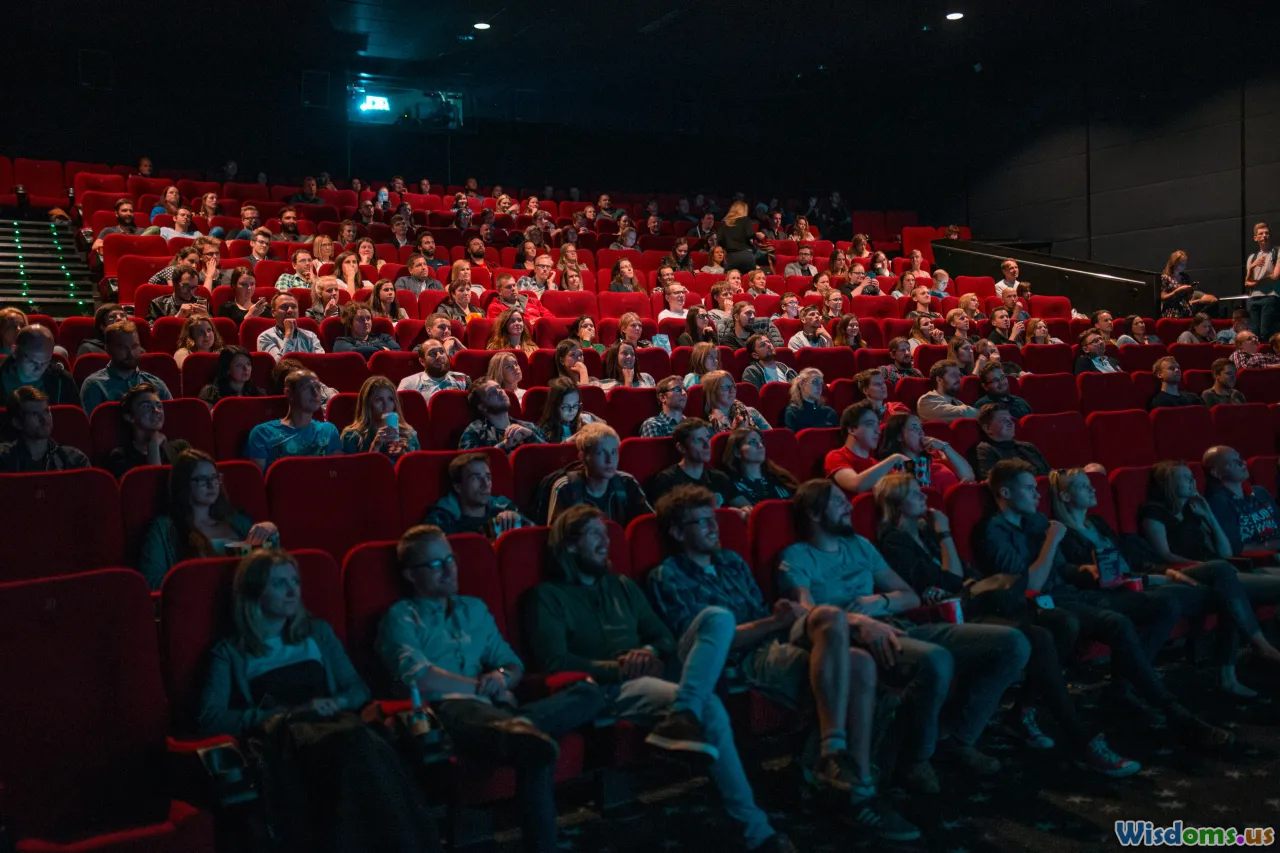
To capture authenticity, award-winning documentary directors take nothing for granted—except the unpredictability of life itself. They listen twice as much as they speak, fight for ethics as fiercely as artistry, and shape visuals to uplift, not overshadow, lived experience.
Every frame is shaped by intention, preparation, self-reflection, and the humility to put story above ego. By integrating trust-building, ethical rigor, willingness to adapt, and a deep respect for the ordinary, anyone—from street-level observer to seasoned auteur—can craft a film that stirs audiences and cultivates lasting change.
As you step behind the camera, let these insights guide you—not only toward cinematic excellence, but toward films that live with and for the people whose stories you’re privileged to tell.
Rate the Post
User Reviews
Popular Posts











